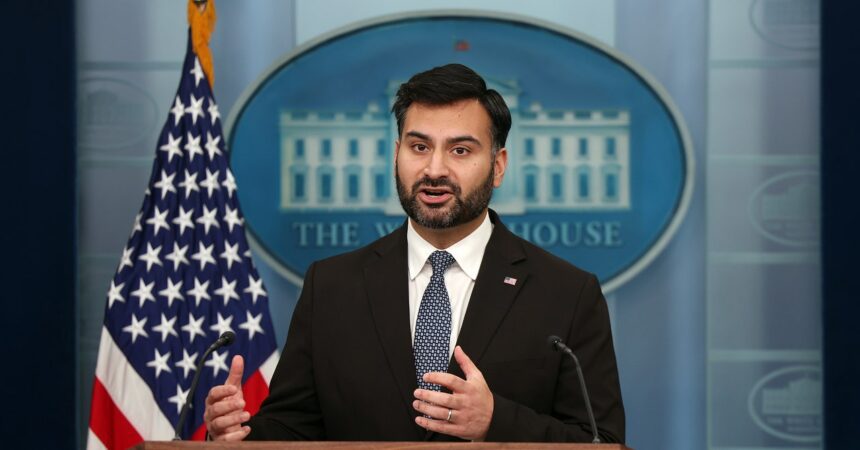The Path to Climate Action: Addressing Leadership and Community Engagement
Climate change is no longer a distant threat—it is an immediate challenge impacting communities, economies, and ecosystems worldwide. In the pursuit of sustainable solutions, the role of political leadership, community involvement, and innovative practices in the agricultural sector has become increasingly important. As we navigate this transformation, key questions arise: Are we effectively engaging all stakeholders, and can we scale up our efforts to meet urgent climate targets?
Engaging Stakeholders in Climate-Smart Agriculture
Recent developments indicate that the agricultural sector is undergoing a significant shift towards climate-smart practices. Over 100,000 farmers and ranchers are adopting methods aimed at reducing greenhouse gas emissions and enhancing resilience against climate change. Practices such as crop rotation, cover cropping, and sustainable grazing are proving instrumental in this transition. The question remains whether this momentum will sustain or expand to include more producers.
Engaging farmers in this transformation is essential; their firsthand experiences can help shape policies that promote sustainable practices. There is a growing need for comprehensive support systems, including education on climate-smart practices, financial incentives, and access to technology, to widen participation in this necessary evolution.
The Importance of Community and Social License
The success of climate initiatives often hinges on the "social license"—the acceptance and approval of stakeholders and the communities affected by new developments. When building renewable energy infrastructures, such as wind farms or solar panels, it is critical that locals perceive these projects as beneficial and inclusive.
Ensuring that communities feel they are part of the decision-making process can lead to greater cooperation and less resistance. The metaphor of building a barn together emphasizes the notion of collective effort; when residents feel involved, there is a greater chance of successful project implementation and community support.
Political Leadership: A Double-Edged Sword
Political decisions wield considerable influence over climate initiatives globally. Recent statements from former President Trump about withdrawing the U.S. from the Paris Agreement highlight the potential volatility of U.S. climate politics. While such actions may not signal the absolute end of U.S. climate leadership, they can have far-reaching consequences.
Without a committed political framework prioritizing clean energy and environmental policies, the U.S. risks lagging in the international race toward sustainable technology. In the absence of clear direction from the top levels of government, American workers may miss out on opportunities in burgeoning clean energy sectors. Furthermore, a diminished U.S. presence in global discussions on climate measures could shift influence to other nations, who continue to prioritize their clean energy strategies.
The Need for a Long-Term Vision
Looking forward, it is crucial to establish a structured plan that sets a trajectory for climate action while addressing existing gaps in the economy. This includes pushing for sectors that have not yet reached "escape velocity"—the point at which sustainable practices become standard rather than the exception.
Additionally, focusing on investing in talent and workforce development is vital. America currently faces a talent-skimming issue where workforce development programs are not sufficiently funded or accessible. Enhancing training programs, particularly those governed by unions that focus on apprenticeships and job readiness, can pave the way for a skilled workforce prepared to meet the demands of a green economy.
Conclusion: The Road Ahead
As we work towards achieving climate goals, the collaboration between political entities, communities, and the agricultural sector will be integral in determining our path forward. The commitment to climate-smart practices must not only be widespread but also equitable, providing opportunities for all stakeholders to contribute. Investment in workforce development, fostering a sense of community ownership, and maintaining political engagement in climate issues are essential for building a sustainable future.
As the race for clean energy technologies continues to evolve, it is imperative that the U.S. remains a key player on the global stage. By prioritizing climate action and fostering collaborative efforts, we can work toward a sustainable, equitable, and prosperous future for all.
In this blog post, we highlighted the interconnected themes of climate-smart agriculture, community engagement, and the role of political leadership in addressing climate change. As we look to the future, it becomes apparent that sustainable change is a collective responsibility. Let us all contribute to this vital effort.










